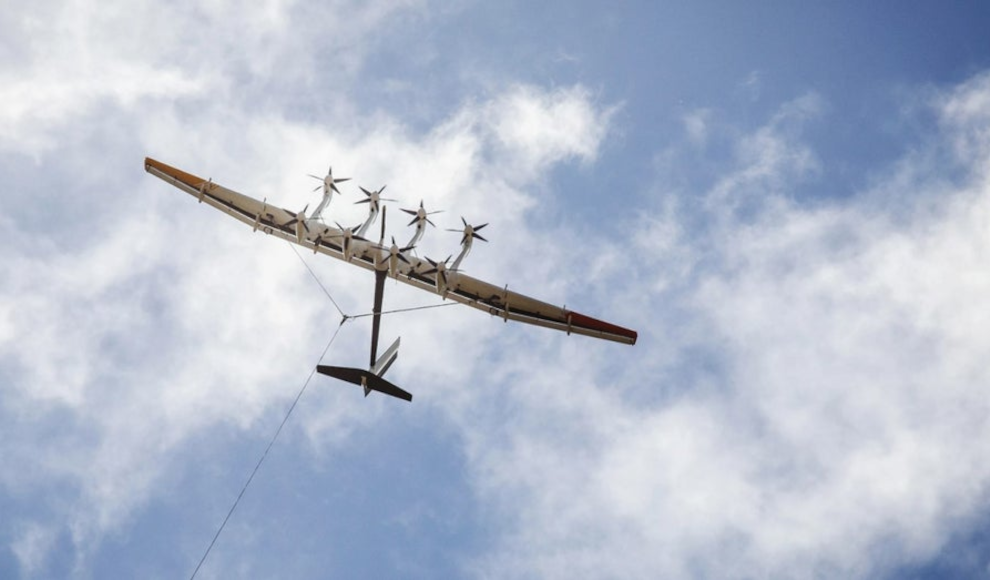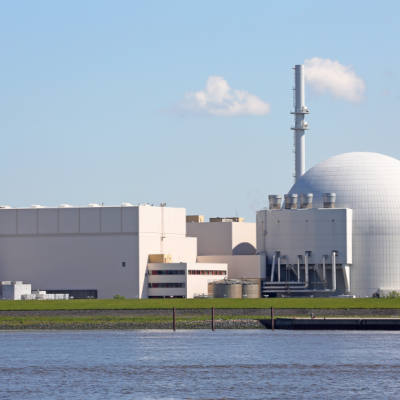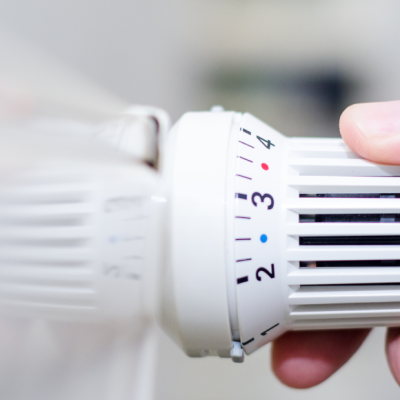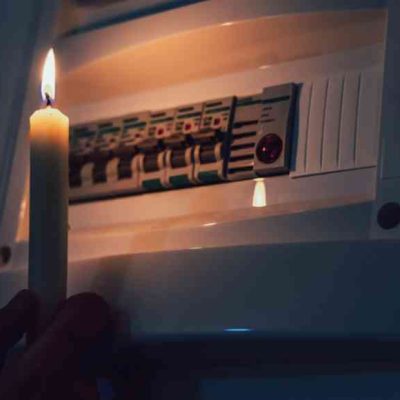A new study conducted by the Polytechnic University of Milan has analyzed the potential of airborne wind energy (AWE) technology. AWE involves using flying objects with rotors, similar to kites or planes, to generate energy from wind at high altitudes. The mechanical energy is then converted either on board the flying object or in a ground station. The study found that AWE has several advantages over traditional wind turbines, including being cheaper to produce, easier to transport, and having a higher efficiency. AWE can also reach heights of up to 500 meters, compared to traditional wind turbines which are limited to a maximum height of 250 meters due to construction constraints. Additionally, AWE does not require a tower, which means it has less impact on the landscape and is less of a danger to birds.
Despite these advantages, AWE technology is still in its early stages of development and is not widely used. However, companies such as Kitekraft, Starsails Power, and Enerkite are driving the development of AWE in Germany, and commercial installations are expected to be available soon. AWE has the potential to be an alternative energy source for remote regions, but it also has some drawbacks. The high operating altitude and easily overlooked cables pose a danger to airplanes, and the material used in AWE is more heavily stressed than in traditional wind turbines, making it more difficult to produce AWE that can withstand storms and lightning. Additionally, the complex control systems required for AWE mean that the flying objects must be positioned optimally to produce the most energy.
Overall, the study highlights the potential of AWE technology as a viable alternative to traditional wind turbines. With its advantages in cost, efficiency, and impact on the landscape, AWE could be a game-changer in the renewable energy industry. However, further research and development are needed to address the challenges and ensure the safety and reliability of AWE installations.










